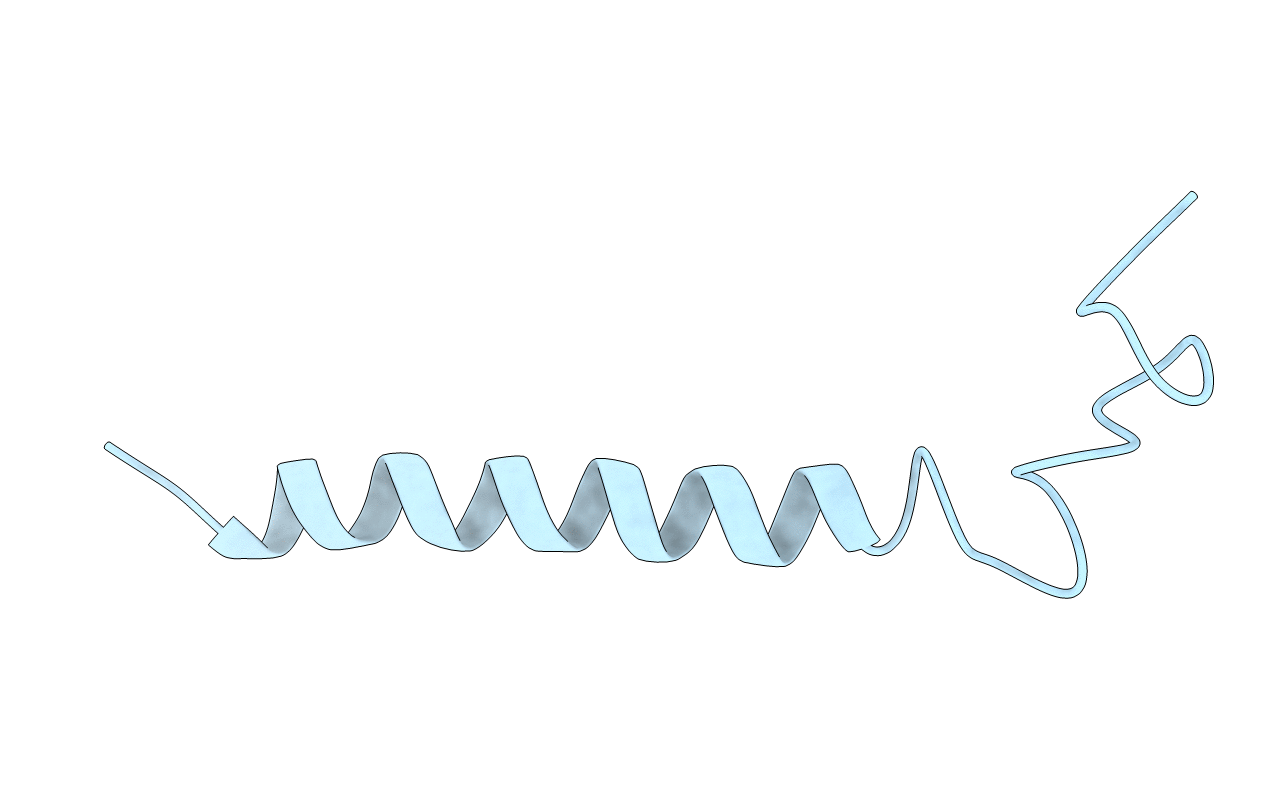
Deposition Date
1998-02-20
Release Date
1999-03-23
Last Version Date
2024-05-22
Entry Detail
PDB ID:
1VPC
Keywords:
Title:
C-TERMINAL DOMAIN (52-96) OF THE HIV-1 REGULATORY PROTEIN VPR, NMR, 1 STRUCTURE
Biological Source:
Source Organism:
Human immunodeficiency virus 1 (Taxon ID: 11676)
Method Details:
Experimental Method:
Conformers Calculated:
15
Conformers Submitted:
1
Selection Criteria:
LEAST RESTRAINT VIOLATIONS, LOWEST TOTAL ENERGY


